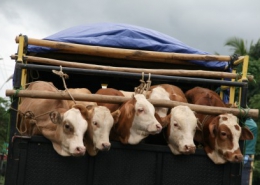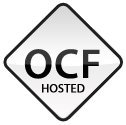Economics of Avian Flu Policy
Place: GMS • Dates: 2013 • Partner: FAO
Project Summary
Public policy should aim to reduce direct and indirect losses and risks from HPAI, using basic insights from biology and economics to do so in a cost-effective and equitable manner. Moreover, recognizing that inadequate information is a primary constraint on effective disease control, research and investment to enhance monitoring/surveillance efficiency is a major priority. Establishing certified supply chains that provide safe, traditional chicken varieties is another creative, incentive based strategy for disease control. It is preferable to avoid excessive subsidies for monitoring and culling, and instead, penalize the sale of sick animals, combined with decoupled subsidies that improve infrastructure and farmers’ wellbeing. Other elements of an effective HPAI control policy include investments to reduce animal transmission risk across markets, as well as improved mechanisms to reduce human exposure and transmission potential.
Most Recent Entries

California and China: Leadership for a Low Carbon Future

Roadmap on the Prospects for GMS National Scaling and GMS Regional Coordination of Agrifood Traceability Schemes









